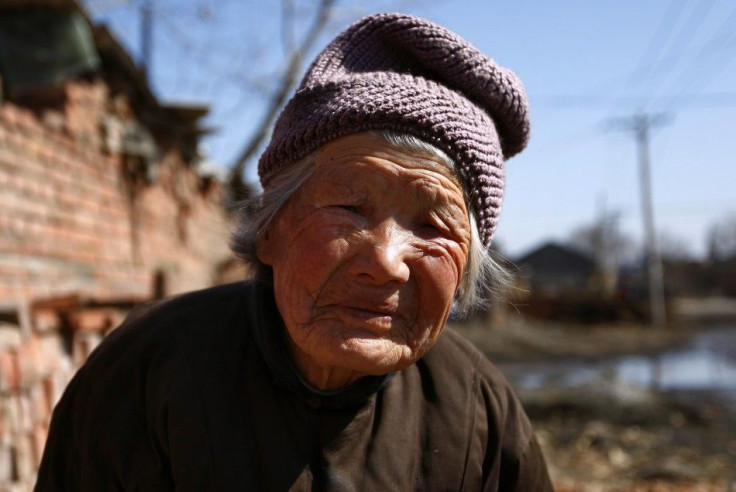Chinese Redefine Poverty Line

(REUTERS) -- The Chinese government has fine-tuned how it defines poverty, a step that will likely result in the granting of state aid and benefits to millions more people in the country’s vast rural countryside.
Under the new definition, now everyone who earns less than the equivalent of $1 per day (6.5 Yuan) will be considered ‘poor.’ Before that the ‘poor limit’ was set at 55 cents per day.
The World Bank’s threshold of poverty are those who earn less than $1.25 per day.
BBC reported that the number of so-called ‘rural poor’ in China will now increase by a factor of four from last year’s official figure of 27-million people.
These newly defined poor will now qualify to receive subsidies, including entry into job-training programs, discounted loans and employment opportunities at government-funded infrastructure projects, BBC indicated.
China’s President Hu Jintao, who has established large development projects to alleviate poverty in the country’s western hinterlands, reportedly claimed that by the year 2020 no Chinese person will have to worry about how to pay for food and clothes.
Their access to compulsory education, basic medical care and housing will also be ensured, he said, according to Chinese state media.
The current trend of a widening rich-poor gap will be reversed.
The China Daily newspaper reported that the government will increase its spending on poverty relief by more than 20 percent to 27 billion Yuan (or $4.2 billion) next year.
The World Bank and Chinese economists have long asked Beijing to raise the standard of poverty, in order to reflect the realities of the country’s massive economic growth in the past few decades.
Wang Sangui, a rural development expert at Renmin University, reportedly told Chinese media: “The previous poverty line underestimated the number of poor people in rural China. Only 2.8 percent of the rural population was officially considered poor, which was lower than in many developed countries such as the United States, which has a poverty rate of about 15 percent.”
© Copyright Thomson Reuters 2024. All rights reserved.





















